In modern kitchens, frozen ingredients have become indispensable allies for busy households and meal-prepping enthusiasts alike. The ability to preserve freshness while extending shelf life has revolutionized how we approach cooking and food waste reduction. However, truly mastering the art of utilizing frozen foods requires understanding their unique properties and learning techniques that maximize their potential.
The journey begins at the freezing process itself. Proper initial freezing makes all the difference between ingredients that maintain their texture and those that turn mushy upon thawing. For vegetables, blanching before freezing deactivates enzymes that cause deterioration, preserving color, flavor, and nutritional value. Meats and seafood benefit from being portioned before freezing, allowing for easier use without needing to thaw entire packages. The key lies in removing as much air as possible from packaging to prevent freezer burn - vacuum sealing works wonders, but the simple water displacement method can be equally effective for home cooks.
Organization transforms frozen ingredients from chaotic time-savers into a streamlined cooking system. An inventory system, whether digital or handwritten, prevents forgotten items from becoming freezer-burned casualties. Grouping similar items together - proteins in one area, vegetables in another, prepared meals in a separate section - creates visual efficiency. Dating packages with freezer-safe markers provides crucial information for rotation, ensuring older items get used first. This systematic approach turns the freezer into a well-curated pantry rather than a black hole of forgotten food.
Thawing techniques significantly impact the quality of frozen ingredients. The refrigerator remains the gold standard for gradual, safe thawing, particularly for proteins. For quicker results, the cold water method - submerging sealed packages in changing cold water - works effectively without the uneven heating of microwave thawing. Some vegetables and seafood actually cook best directly from frozen, skipping the thawing process altogether. Understanding which methods suit different ingredients prevents texture degradation and maintains food safety standards.
Cooking with frozen ingredients demands slight adjustments to conventional techniques. Frozen vegetables excel when roasted at high temperatures or added directly to soups and stews, their freezing process having already broken down cell walls for quicker cooking. Frozen fruits maintain their structural integrity better when used in baking or smoothies rather than fresh presentations. Meats benefit from lower initial cooking temperatures when starting from frozen, with increased resting times to allow thorough heat penetration. These adaptations ensure frozen ingredients perform as well as their fresh counterparts in finished dishes.
The flavor potential of frozen ingredients often gets underestimated. Freezing actually concentrates flavors in some vegetables like corn and peas, making them surprisingly sweet. Frozen seafood, when properly processed at peak freshness, can surpass the quality of "fresh" fish that's been sitting on ice for days. Herbs frozen in oil cubes become instant flavor bombs for sautéing. Recognizing these advantages allows cooks to make intentional choices about when frozen might actually outperform fresh, especially when considering seasonal availability and transportation time.
Meal prepping reaches new heights of efficiency with strategic freezing. Components like cooked grains, roasted vegetables, and simmered sauces freeze beautifully, becoming building blocks for quick weeknight meals. Portioning bulk purchases into recipe-ready amounts before freezing prevents waste and speeds up cooking. Labeling with suggested uses ("great for stir-fries" or "use in soups") sparks inspiration during busy moments. This forward-thinking approach transforms the freezer into a personal meal kit service, customized to household preferences.
Food safety remains paramount when working with frozen ingredients. Maintaining consistent freezer temperatures below 0°F (-18°C) prevents bacterial growth and quality deterioration. Understanding that freezing pauses but doesn't eliminate bacteria explains why proper thawing methods matter. The refreezing debate has nuances - while quality suffers with repeated freeze-thaw cycles, safety concerns mainly apply to improper thawing conditions. Following guidelines from food safety organizations ensures health risks never outweigh convenience benefits.
Innovative uses for frozen ingredients continue to emerge in creative kitchens. Frozen citrus zest grates more efficiently than fresh, providing intense flavor without waste. Overripe bananas frozen whole become perfect smoothie additions or banana bread starters. Cookie dough portions frozen in muffin tins bake up perfectly with no thawing needed. These clever applications demonstrate how freezing can solve multiple kitchen challenges beyond simple preservation.
Environmental considerations add another layer to frozen food wisdom. Properly utilized frozen ingredients dramatically reduce food waste, one of the most significant contributors to household carbon footprints. Buying seasonal produce in bulk for freezing supports local agriculture while providing year-round access. Energy-efficient freezer models and smart packing techniques minimize electricity usage. When viewed through an ecological lens, the humble freezer becomes an important tool for sustainable eating practices.
Ultimately, mastering frozen ingredients represents a paradigm shift in how we approach meal preparation and food conservation. It's not merely about extending shelf life, but about creating a flexible, efficient system that adapts to modern lifestyles while maintaining culinary standards. From proper freezing techniques to creative applications, each step offers opportunities to enhance convenience without sacrificing quality. As more home cooks discover these strategies, frozen foods shed their emergency-backup reputation to become intentional, valued components of thoughtful meal planning.

By Amanda Phillips/Apr 10, 2025
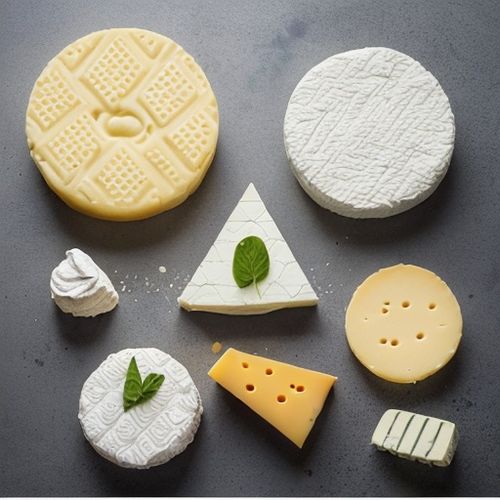
By Rebecca Stewart/Apr 10, 2025
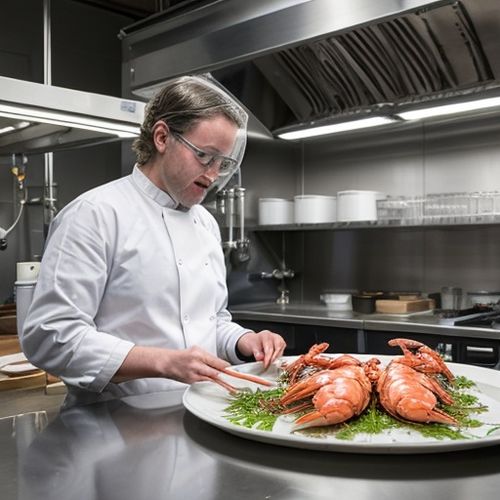
By Emma Thompson/Apr 10, 2025
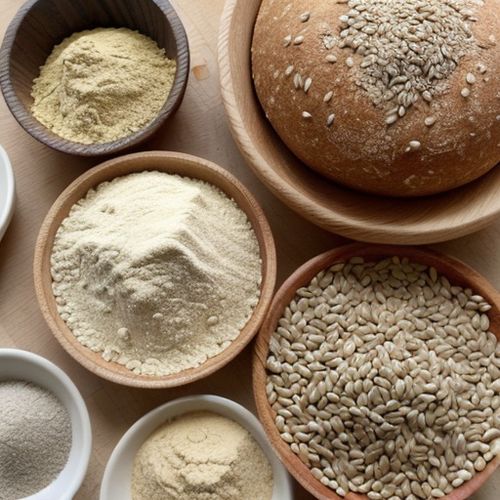
By James Moore/Apr 10, 2025

By Samuel Cooper/Apr 10, 2025

By Elizabeth Taylor/Apr 10, 2025

By Rebecca Stewart/Apr 10, 2025
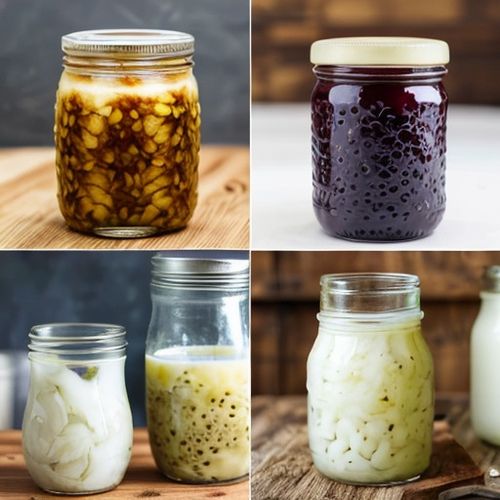
By John Smith/Apr 10, 2025
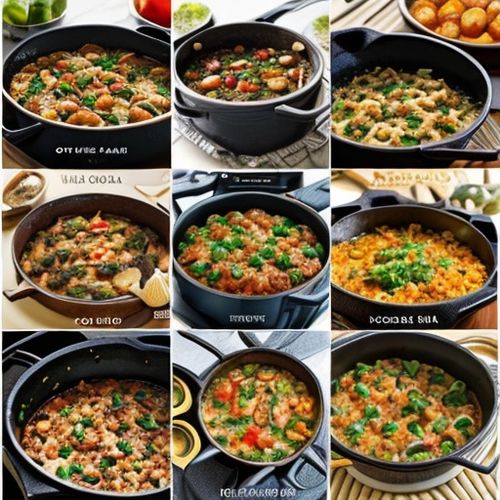
By Michael Brown/Apr 10, 2025
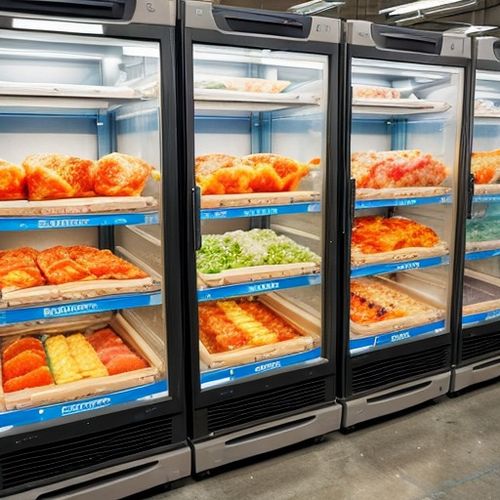
By Emma Thompson/Apr 10, 2025
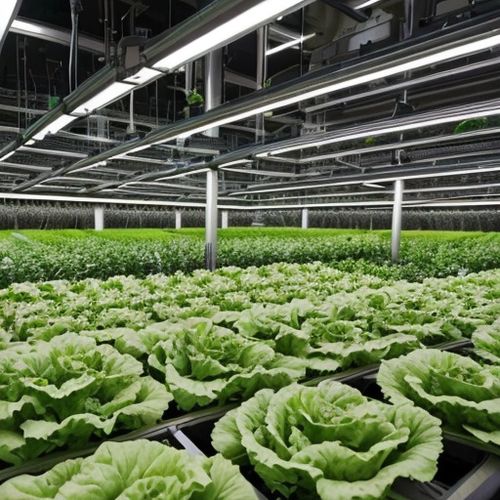
By Elizabeth Taylor/Apr 9, 2025

By Christopher Harris/Apr 9, 2025

By David Anderson/Apr 9, 2025

By Joshua Howard/Apr 9, 2025

By Emily Johnson/Apr 9, 2025
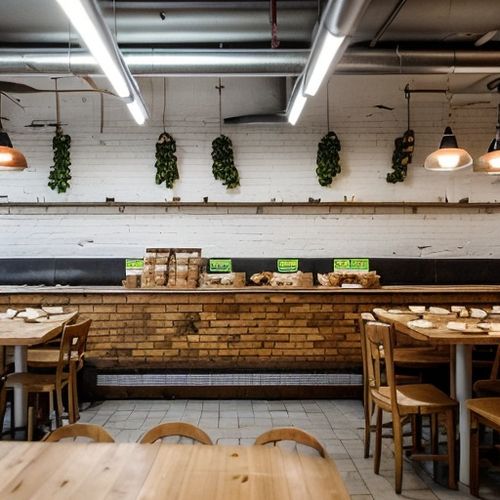
By John Smith/Apr 9, 2025
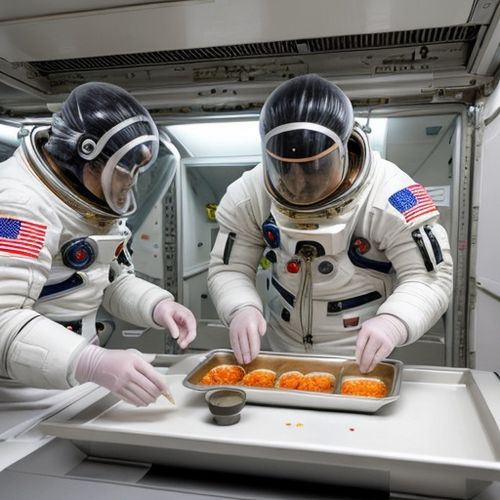
By Lily Simpson/Apr 9, 2025
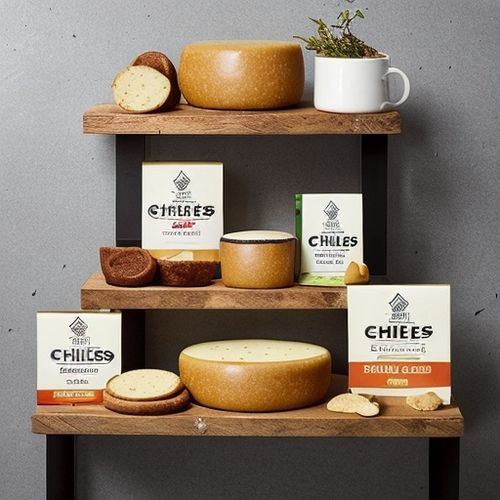
By Lily Simpson/Apr 9, 2025